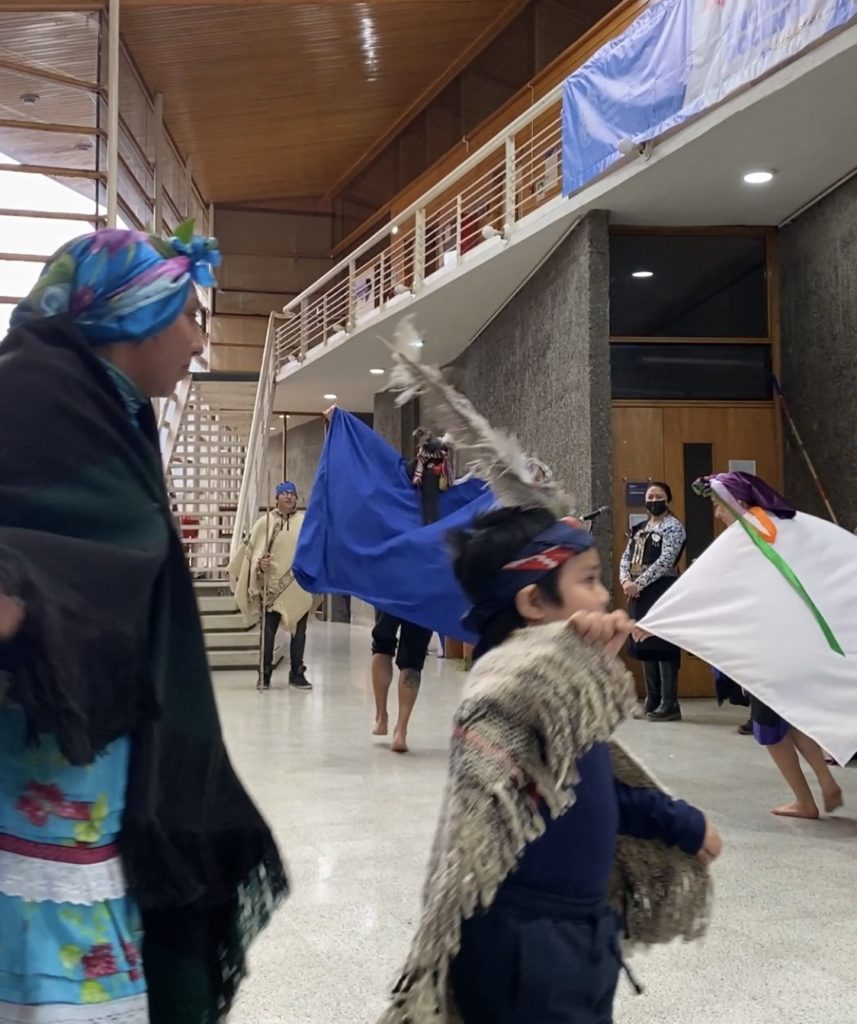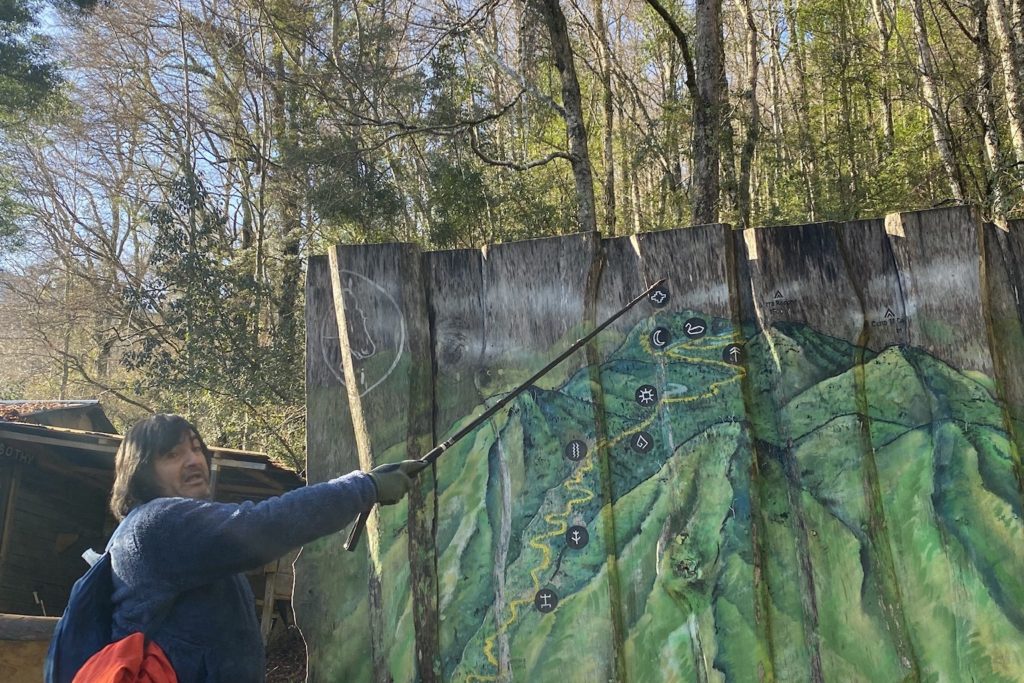In Chile, there are two dominant groups: the Chileans and the Mapuche, the indigenous people of the region. On one of our group trips, we went down south to Villaricca. In Villaricca, we attended a traditional Mapuche ceremony with instruments, singing, dancing, and some storytelling.

When learning about a different place, I often reference the culture of the place I grew up in, Hawai’i. I was talking to one of my professors about the culture of Hawaii and she related it to Chile, where there are the Chileans and the Mapuche. The Mapuche are the indigenous group of the region, and they have their distinct language and customs that have largely been overshadowed by Chileans. If you are Chilean, there are social limits to the way in which you can interact with Mapuche culture. One example is the jewelry they wear. The Mapuche wear large silver jewelry. Silver is said to protect against evil because as it ages it darkens, signifying the evil that has been “caught” by the silver, protecting the wearer from harm. This large specific silver jewelry in not really acceptable to be worn outside of Mapuche culture, considered more cultural appropiation than anything else. Fashion is not just fashion when it is tied to cultural beliefs. Even though there is not a specific rule, there is a social feeling that it is not acceptable.
In another moment, when we went on a hike through the forest with a Mapuche guide, we learned that each tree is named and has different significance to the people. Not only these, but the interconnectedness of nature, and the reverence the people have for the land.

I really enjoyed learning more about the way of life of the native people around Chile. The perspectives of other cultural groups help me to not only expand my worldview, but also to reflect on my own cultural background.